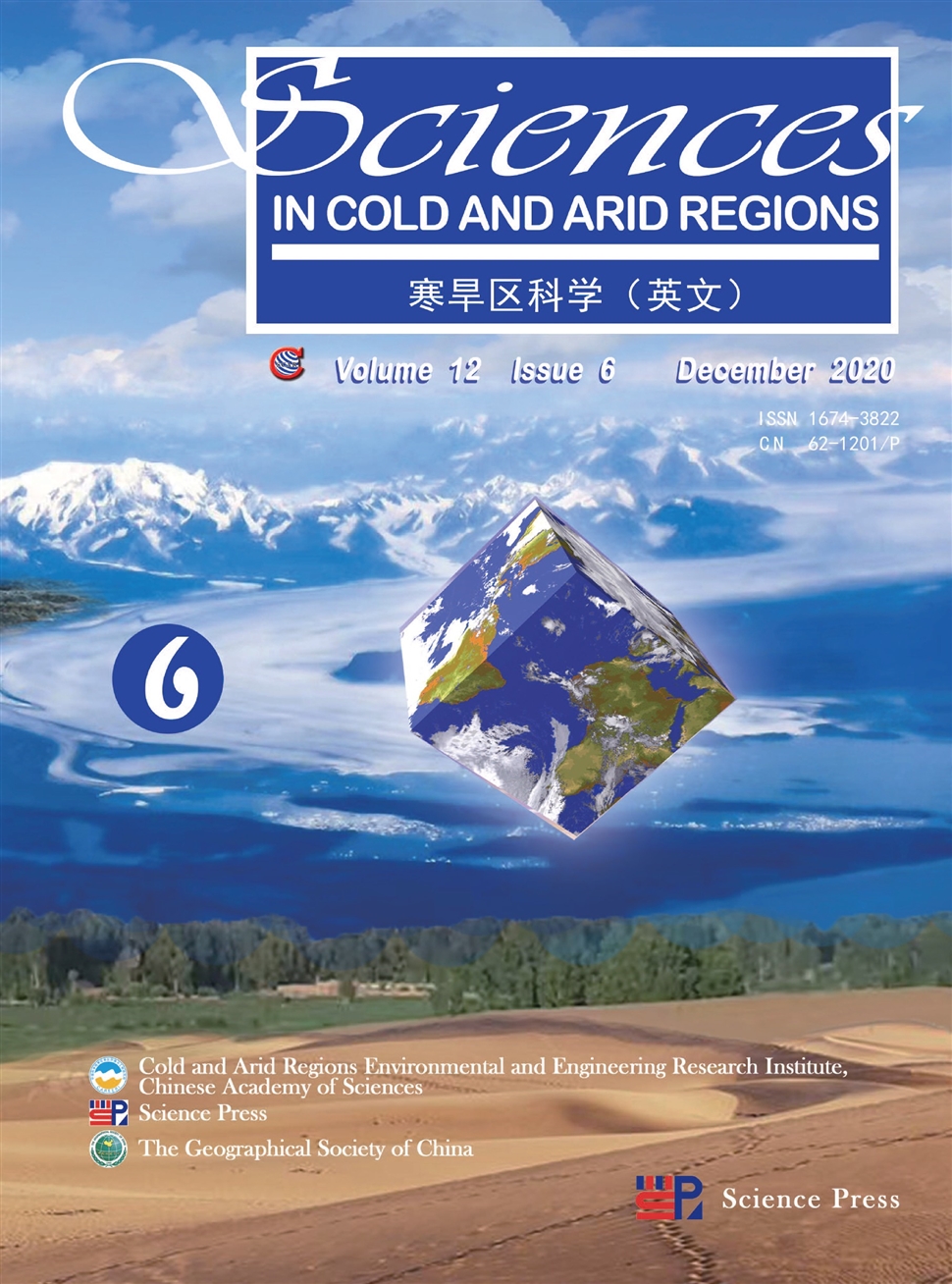Spatial and temporal transferability of Degree-Day Model and Simplified Energy Balance Model:a case study
作者:HuiLin Li
摘要:Glacier mass balance, the difference between accumulation and ablation at the glacier surface, is the direct reflection of the local climate regime. Under global warming, the simulation of glacier mass balance at the regional scale has attracted increasing interests. This study selects Urumqi Glacier No. 1 as the testbed for examining the transferability in space and time of two commonly used glacier mass balance simulation models: i.e., the Degree-Day Model(DDM) and the simplified Energy Balance Model(s EBM). Four experiments were carried out for assessing both models’ temporal and spatial transferability. The results show that the spatial transferability of both the DDM and s EBM is strong, whereas the temporal transferability of the DDM is relatively weak. For all four experiments, the overall simulation effect of the s EBM is better than that of the DDM. At the zone around Equilibrium Line Altitude(ELA), the DDM performed better than the s EBM.Also, the accuracy of parameters, including the lapse rate of air temperature and vertical gradient of precipitation at the glacier surface, is of great significance for improving the spatial transferability of both models.
发文机构:State Key Laboratory of Cryospheric Science Tianshan Glaciological Station
关键词:DEGREE-DAYMODELSimplifiedENERGYBalanceMODELTEMPORALandspaticaltransferabilityURUMQIGLACIERNo.1
分类号: P46[天文地球—大气科学及气象学]
- Soil hydraulic conductivity and its influence on soil moisture simulations in the source region of the Yellow River―take Maqu as an example
- The 2018 Academic annual meeting of China Society of Cryospheric Science was held successfully in Foshan on November 17–18,2018
- A paleo-hydrological simulation experiment and its verification in an inland basin
- Variation in water source of sand-binding vegetation across a chronosequence of artificial desert revegetation in Northwest China
- 60-year changes and mechanisms of Urumqi Glacier No.1 in the eastern Tianshan of China,Central Asia
- Seed germination and seedling growth of Pycnanthus angolensis(Welw.)Warb.,African false nutmeg
- Origin and advances in implementing blowing-snow effects in the Community Land Model
- Estimating interaction between surface water and groundwater in a permafrost region of the northern Tibetan Plateau using heat tracing method
- Cryosphere evapotranspiration in the Tibetan Plateau:A review
- Fast genetic mapping in barley:case studies of cuticle mutants using RNA-sequencing


